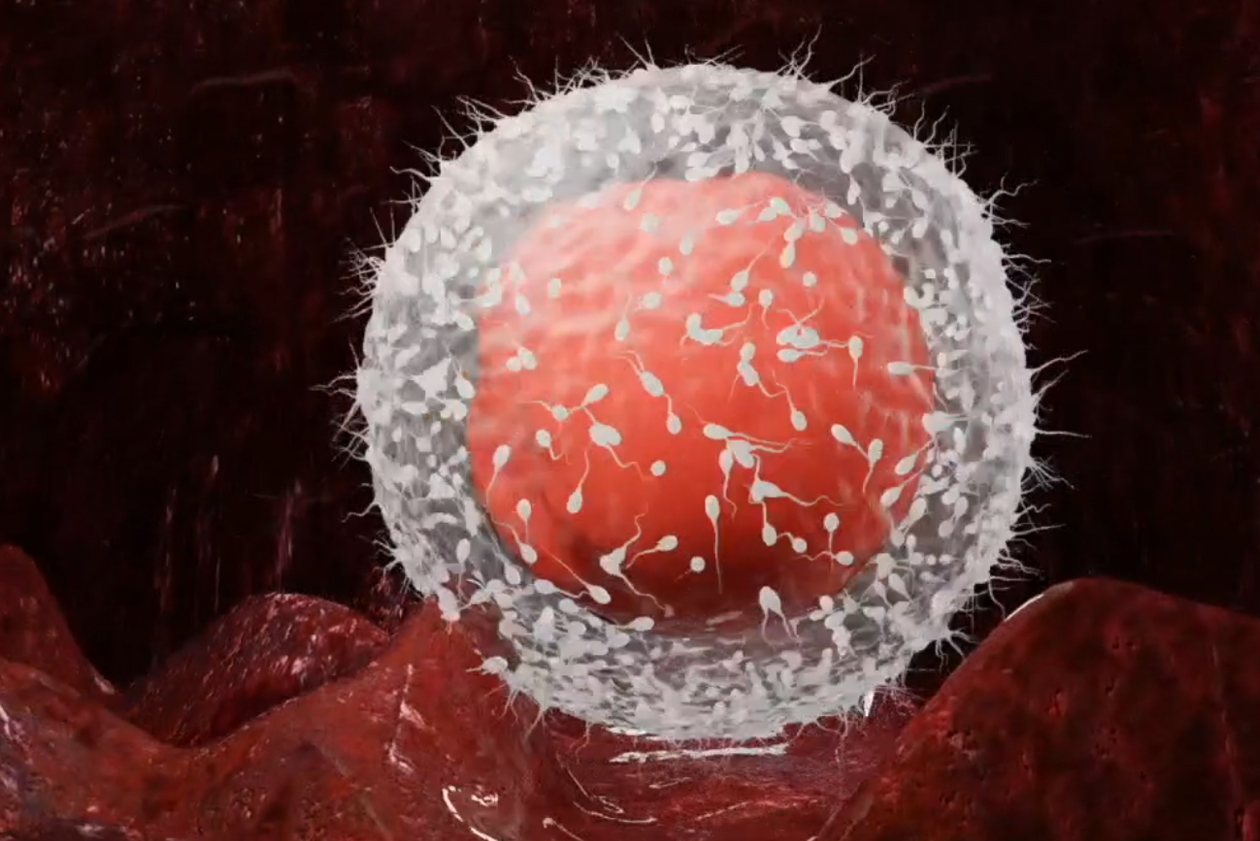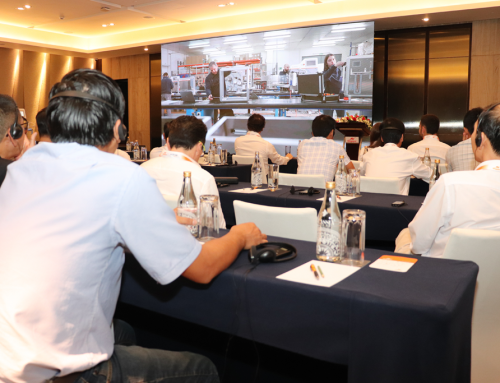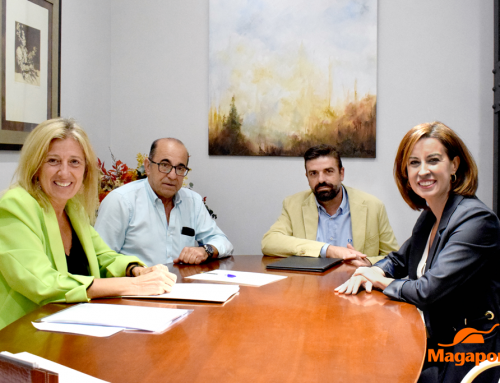Last week we introduced you to the journey of a sperm towards fertilisation, in today’s post we take a closer look at the sperm capacitation that allows sperm to fertilise an oocyte.
Sperm capacitation is characterised by a series of biochemical processes that allow sperm to acquire the ability to fertilise an oocyte. Capacitation does not occur on a massive scale in pigs either in vitro or in vivo. In other words, not all spermatozoa are capacitated at the same time, but it happens progressively as they move through the oviduct.
After leaving the reservoir in the UT, spermatozoa are liberated from various factors adsorbed on their membranes, which, together with the modification of the amount of cholesterol in the sperm membrane and the increase in membrane fluidity causes an increase in protein phosphorylation, intracellular calcium concentrations and hyperpolarisation of the plasma membrane through the activation of various intracellular biochemical processes. These changes are what define sperm capacitation.
Increased intracellular calcium concentration and protein phosphorylation during capacitation leads to hyperactivation of sperm motility. Hyperactivation is characterised by a change in the movement pattern of the sperm flagellum, which begins to beat more asymmetrically, causing a lateral deviation of the sperm trajectory and increasing the propulsive force. These changes, apparently abrupt when seen under the microscope, however, allow the sperm to move in a straight line in a highly viscous medium, such as the fluid of the oviduct.
Sperm that have successfully completed capacitation and hyperactivation are able to swim through the oviduct to the oocyte and, there, connect to the outer part of the oocyte: the zona pellucida (ZP). Binding to ZP activates a number of membrane proteins in the sperm, which triggers the acrosome reaction. The acrosomal reaction is the exocytosis of the contents of the sperm’s acrosome. These contents are a series of enzymes which, together with the hyperactivation of motility, help the sperm to pass through the ZP and reach the oocyte membrane. Once a sperm has penetrated the ZP and reached the oocyte membrane, a series of conformational changes occur on the outside of the ZP, so that no other sperm will be able to penetrate ZP. After contact of the sperm membrane with the oocyte membrane, the two membranes fuse thanks to the activation of a series of sperm proteins (IZUMO, ADAM, CRISP, etc.) and oocyte proteins (CD9, etc.). Immediately after the fusion of the two membranes, the sperm enters the oocyte, decondensation of the sperm chromatin occurs and the fusion of the pronucleus of the sperm with that of the oocyte takes place, giving rise to the zygote and thus the fertilisation of the oocyte and the beginning of an embryo.
Text adapted from: “Sperm membrane channels, receptors and kinematics: using boar spermatozoa for drug toxicity screening. Alejandro Vicente Carrillo. Tesis Doctoral. Universidad de Linköping (Suecia). 2016”.




